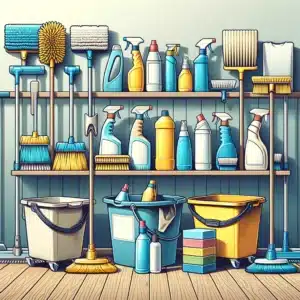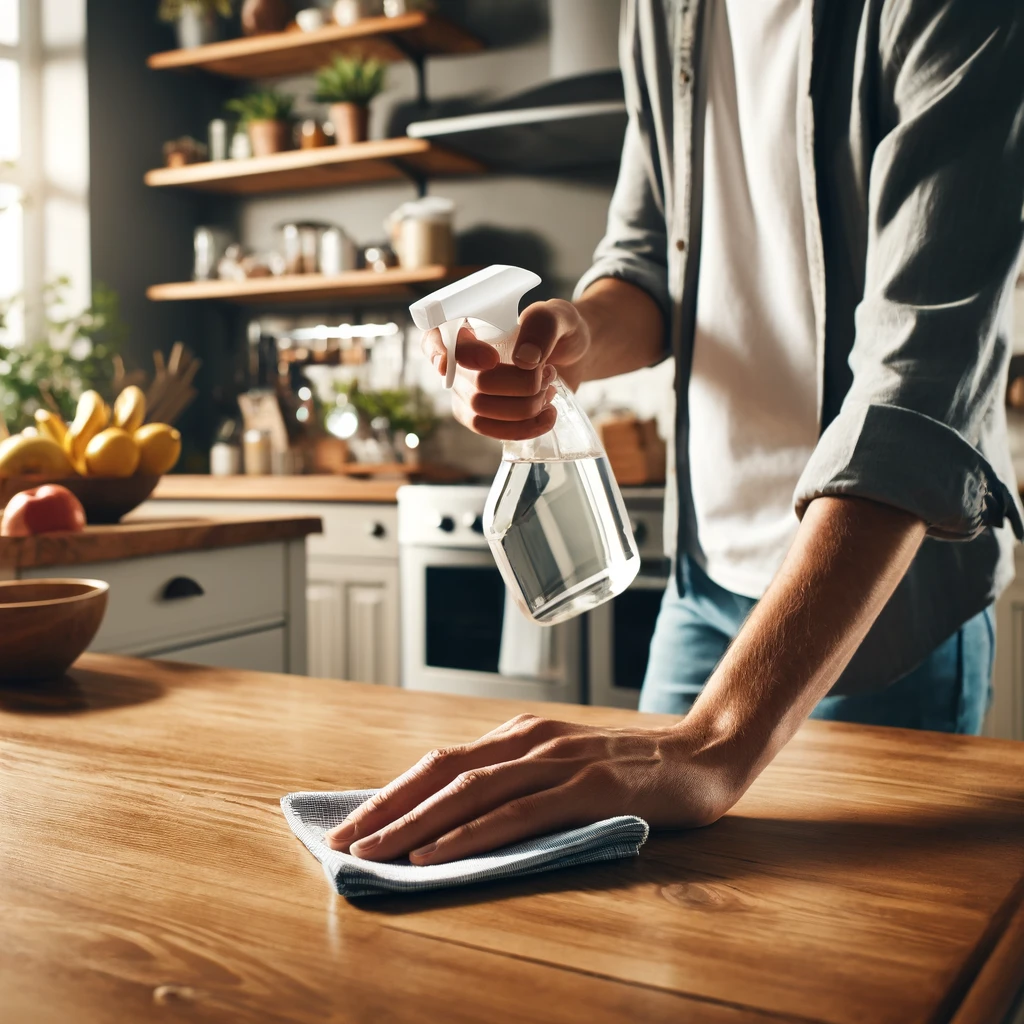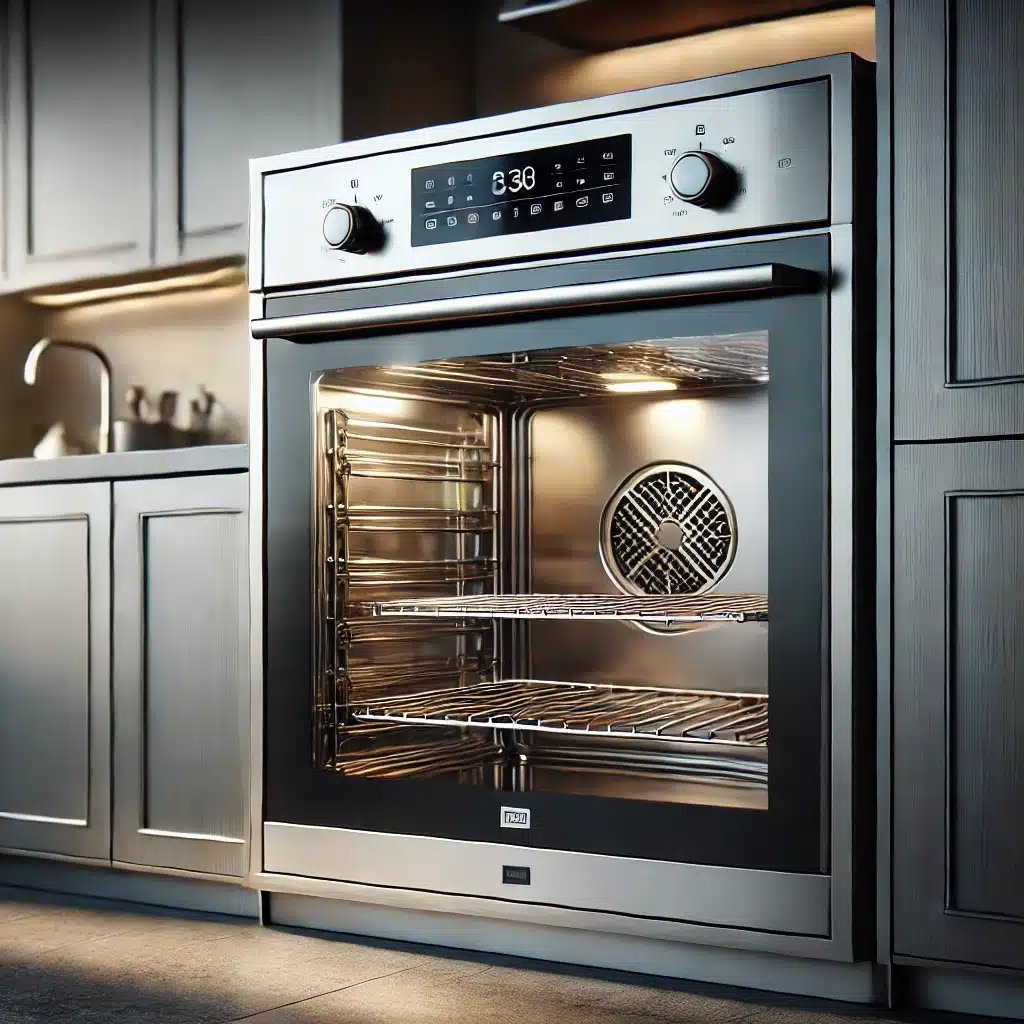Tidying up your attic might not be the first thing on your mind when you think about a cleaning spree, but it’s a task that shouldn’t be overlooked. Cleaning your attic can help prevent dust and mold buildup, improve air quality, and even transform a cluttered space into a functional storage area. Here’s how to tackle attic cleaning like a pro, making the chore both efficient and rewarding.
1. Start with a Plan
Starting with a plan is essential when it comes to tackling attic cleaning. Often, attics become the final resting place for items we’re unsure about keeping, resulting in a space filled with forgotten treasures and unnecessary clutter. By marking a specific day and time on your calendar, you commit to transforming your attic, ensuring it doesn’t remain a neglected area of your home.
As you prepare to clean, consider the layout and contents of your attic. Planning your approach can significantly streamline the process. For example, before you begin, draw a simple map of your attic and decide which section you’ll tackle first. This method helps in creating an efficient cleaning path and ensures that no area is overlooked.
Additionally, as you sort through your belongings, categorizing each item into ‘keep’, ‘donate’, ‘sell’, or ‘trash’ can be incredibly beneficial. This sorting process not only declutters your space but also provides a clear inventory of what’s stored in your attic. Knowing what you have makes future retrievals quicker and less disruptive, and it can also alert you to any duplicates or unnecessary items you’ve been storing. This proactive categorization during the cleaning process not only accelerates the task but also instills a sense of accomplishment as you visually track your progress through the attic’s transformation.

2. Dress Appropriately
Dressing appropriately for attic cleaning is crucial because of the unique challenges and hazards this part of the house presents. Unlike other areas of your home, the attic can harbor a variety of materials and conditions that might compromise your health or safety if you’re not properly equipped. This includes loose insulation fibers that can irritate your skin and lungs, dust that can trigger allergies, and even the potential presence of pests like rodents or insects that might have made your attic their home.
In addition to wearing a mask, gloves, and goggles, it’s important to choose the right kind of clothing. Opt for old clothes that cover as much skin as possible. Fabrics should be durable yet breathable, as attics can also be quite warm and stuffy, especially during the summer months. A hat or cap can protect your head from dust and cobwebs, and sturdy shoes are essential—preferably ones that provide good grip and ankle support to navigate uneven flooring safely.
Moreover, consider the use of knee pads if your attic cleaning involves a lot of kneeling or crawling. Attics often have hard or uneven surfaces, and spending hours kneeling or moving around on all fours can be tough on your knees and joints. Using knee pads can provide the necessary cushioning and support, making the task more comfortable and preventing potential injuries.
3. Bring the Right Tools
Bringing the right tools to your attic cleaning session can drastically enhance your efficiency and effectiveness. A powerful vacuum cleaner equipped with a HEPA filter is particularly valuable as it helps in reducing the amount of airborne dust and potential allergens—critical for maintaining good air quality both during and after the cleanup. Additionally, ample garbage bags are indispensable, as they allow you to immediately dispose of trash and debris, keeping your workspace clear and manageable.
Storage bins are also a must-have during attic cleaning. They not only help in organizing items more efficiently but also protect your belongings from dust and pests once they’re cleaned and sorted. Opt for clear bins if possible, as they allow you to see the contents without opening each bin, saving time and effort in future searches.
Moreover, a variety of cleaning sprays should be on hand to tackle different surfaces and materials found in the attic. A good all-purpose cleaner is suitable for most surfaces, but having a wood cleaner or a mildew remover might be necessary depending on the condition of your attic and the items stored there.
Proper lighting is another crucial factor often overlooked until you’re in the middle of the task. Attics are typically not well-lit, which can hinder your cleaning progress and pose safety risks. A robust flashlight or a portable lamp is essential not only for safety but also for ensuring that no areas are missed during the cleaning process. For extensive cleaning sessions, consider wearing a headlamp to keep your hands free for cleaning and organizing.

4. Maximize Your Space
Maximizing your space is a key objective when cleaning your attic. As you sort through items, reevaluating the layout and organization of your attic can transform it from a chaotic catch-all area to a well-organized storage space. Installing shelves or storage systems, as mentioned, not only helps in organizing but also utilizes vertical space effectively, which is often underutilized in attics.
When adding shelves, consider adjustable units that can be tailored to fit odd-sized items or seasonal gear that may not always be in use. This flexibility makes it easier to accommodate different storage needs over time, without having to completely reorganize the space.
Clear, labeled bins are indeed a great choice for storing items because they allow you to quickly identify contents without rummaging through each bin. It’s beneficial to group items by category—such as holiday decorations, sentimental keepsakes, or seasonal clothing—and label them accordingly. This not only keeps the attic tidy but also saves time and effort when you need to find something.
Additionally, think about incorporating sturdy hooks or racks for hanging items like sports equipment, garden tools, or luggage. This can help keep the floor space clear and make such items more accessible. You might also consider using vacuum-sealed bags for bulky items like seasonal bedding or clothing, which can reduce the volume they occupy by up to 75%.
5. Maintain Regularly
Maintaining your attic regularly is crucial to ensuring it remains a functional and clean part of your home. After the initial deep clean, establishing a routine for periodic check-ins and cleanings can drastically reduce the effort needed in the future. By scheduling at least an annual clean-up, you can prevent dust, debris, and clutter from accumulating, which helps in preserving the condition of the attic and the items stored within.
In addition to these yearly clean-ups, consider doing lighter maintenance every few months, especially if you frequently access your attic for stored items. This could include a quick sweep, dusting off surfaces, and making sure that items are still properly organized and stored. It’s also a good opportunity to inspect for any potential issues like roof leaks, pest infestations, or insulation problems, which could compromise the attic’s environment and damage stored belongings.
Regular maintenance not only keeps the attic clean but also prolongs the lifespan of the items stored there by preventing damage from environmental factors and pests. Moreover, by keeping the attic in good condition, you’ll also improve the overall air quality and energy efficiency of your home, as a clean and well-organized attic can better fulfill its role in insulation and ventilation.
By integrating these maintenance routines into your household schedule, your attic remains manageable and clean throughout the year, reducing the workload for each successive cleaning and ensuring that this valuable space is always ready for use.

Attic Cleaning With Cleaning Hive!
Cleaning your attic might seem like a daunting task, but with the right strategies, it’s entirely manageable. By starting with a plan, wearing appropriate attire, using the right tools, optimizing your space, and maintaining it regularly, you transform a potentially overwhelming chore into a straightforward task. This systematic approach ensures that your attic doesn’t just become a clean space but also a well-organized, functional part of your home. Attic cleaning can improve your home’s overall storage capacity and functionality, making it easier to access belongings when you need them and keeping your living space clutter-free.
However, we know that even with the best intentions, some tasks are better left to professionals, especially when it involves tackling areas as challenging as the attic. That’s where Cleaning Hive comes in. Our expert team is well-equipped and trained to handle every aspect of attic cleaning, from thorough dusting and vacuuming to decluttering and reorganizing. We provide specialized services that not only clean your attic but also enhance its usability, preserving your items in a way that maximizes space and minimizes future accumulation of dust and debris.
If you’re ready to transform your attic or if you’re looking for a hassle-free way to manage this space, reach out to Cleaning Hive. Visit our website to learn more about our attic cleaning services and to schedule a consultation. Let us take care of the hard work while you enjoy a cleaner, more organized home. With Cleaning Hive, your attic can be transformed into a valuable asset that is clean, organized, and maintained to the highest standards.




